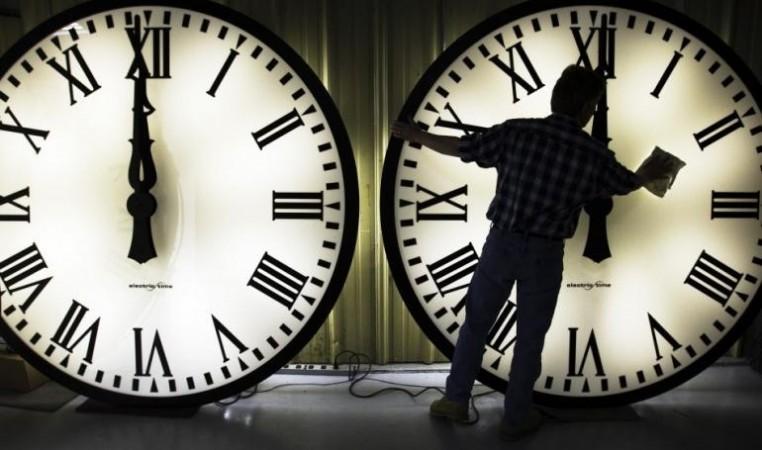
The clocks will 'Spring forward' by 1 hour at 1am on the last Sunday in March in the United Kingdom and it will go back 1 hour at 2am on the last Sunday in October.
The period when the clocks are 1 hour ahead is called British Summer Time (BST) and since there is more daylight in the evenings and less in the mornings, it is referred to as Daylight Saving Time or Daylight Savings Time.
This March, the clocks go forward at 1am on Sunday, March 29. And from BST, the clocks will switch back to the Greenwich Mean Time (GMT) on 25 October when the clock 'fall back' by 1 hour at 2am.
DST is also known as "Spring ahead" and "Spring up." The expression "spring ahead" and "spring up" are also used to describe the action of setting clocks one hour ahead for the start of DST in the spring.
"March forward" is another term to remind people about the DST start dates in USA, Canada and Europe, where it begins in March.
DST History
Changing the clocks was first proposed by British Parliament as a means to get as much daylight as possible, by essentially 'moving' an hour of sunlight from the morning to the evening, as well as to save energy.
The British Summer Time was introduced in 1908 to avoid "wasting" summer daylight hours and save energy during the First World War. Between 1968 and 1971, the clocks were changed to BST year-round. The first people to use the DST were the Germans and Austrians during World War One to save money on coal costs, followed swiftly by the allies.
George Vincent Hudson, an entomologist (insects expert) from New Zealand, also claims to have invented it in 1895.
However, changing the time zone twice a year was strictly followed in the UK during the 1970s due to the energy crisis, and since then the practise has continued.
Daylight Savings UK 2015 - Tricks to Beat the Blues
Switching the clock has both economic and health effects. Some critics of Day Light Savings blame the darker mornings for more number of accidents in UK. There also those who claim that DST increases chances of heart attacks.
However, by taking simple measures before the start of the day light savings can be of great help.
Here are few tips that can help you make up for the lost hour of sleep and be prepared when DST begins:
- Make sure you to bed an hour earlier on Friday and Saturday. It will help your body to reset the body clock and adjust the BST.
- Move back your routine activities such as gym hour or snack time by half an hour.
- Don't wait for Sunday morning to reset your clocks, do it on Saturday night itself as this will help you mentally prepare for the change and you can avoid any confusion in the morning.
- On Sunday morning make sure you take some time out for a short casual walk and spend more time soaking in the sunlight.
- Remember not to change time on your electronic devices as most iPhones will automatically switch to daylight savings. The same is applicable to iPad and Mac provided it is not on airplane mode. But you may have to change the time manually if the time settings are disabled. Check your "Date & Time" settings for "Set Automatically" turned on.

















